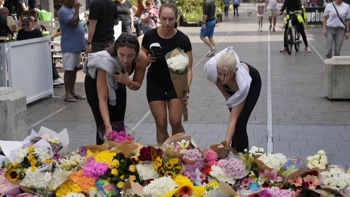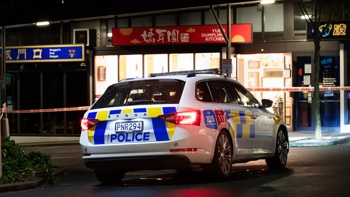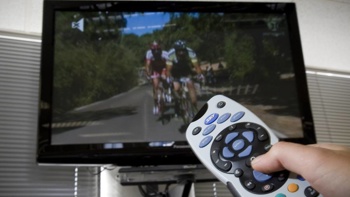As New Zealand moves to the less-restrictive orange traffic light setting at midnight, Professor Michael Baker says he'd have preferred that only post-peak Auckland made the step down.
The change from red means capacity limits and seating requirements will be removed at venues, while the seven-day isolation period for positive cases will remain.
Although masking will no longer be mandatory in schools and many other settings, it'll still apply at some gatherings and events, close-proximity businesses such as hairdressers and retail stores.
When visiting a cafe, bar or any other hospitality venue, patrons will no longer have to wear a mask when going to and leaving the premises, when using the bathroom or when paying.
Workers at public-facing indoor hospitality venues would still need to wear them.
While Covid-19 Response Minister Chris Hipkins described the overall picture as a "very positive one", Baker didn't feel the entire country was yet ready to make the jump to orange.
The Otago University epidemiologist said we could be confident that Auckland was past the peak of the Omicron wave – but other parts of the country were still seeing high cases.
"In some parts of New Zealand, around 80 per cent of schools have got cases – so for most of the country, this risk is far from disappearing," he told the Herald.
"You only have to look to Northland, where case numbers have only dropped a third from its peak."
Case numbers across much of the South Island were hovering at least half of peak levels: but DHB areas like the West Coast and Southern were closer to three quarters.
"These areas have got a long way to go before they get down to anything resembling a baseline – whereas Auckland now appears to be at about 14 per cent of its peak, and its seven-day rolling average shows cases per 100,000 has dropped under the 100-mark."
While eased restrictions at places like bars might not have the impact they otherwise would have, had many younger people not already been exposed to the virus, he saw relaxing mask use at schools as a particular risk.
"In an environment where only 22 per cent of 5- to 11-year-olds are fully vaccinated, the only barrier for most of them is a mask."
Baker also pointed to the risk of reinfection – and another wave, as Australia is now experiencing.
"I do think it's important to avoid this yo-yoing where we go into a second peak – and one of the drivers is probably relaxing controls too quickly."
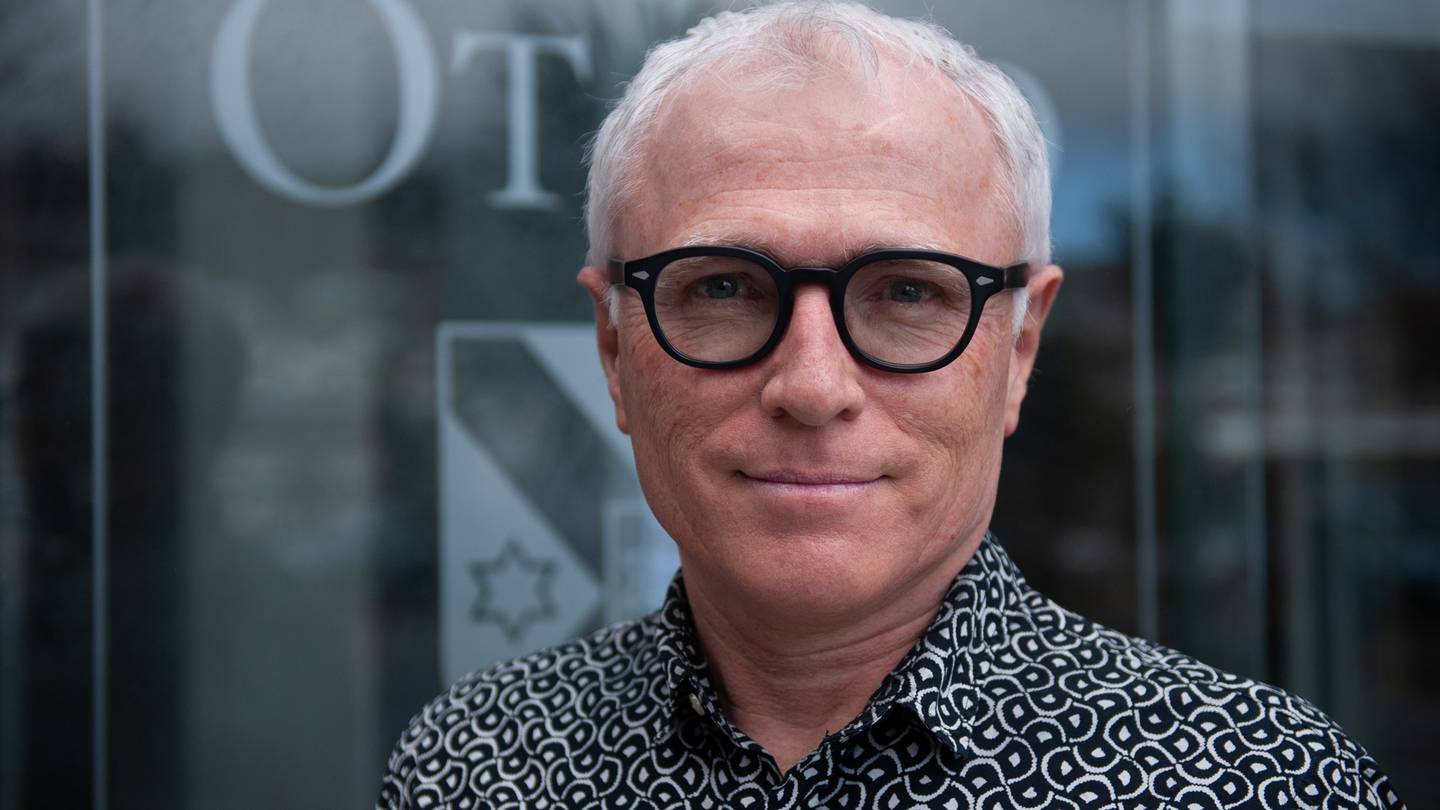
Otago University epidemiologist Professor Michael Baker. Photo / Supplied
Otago University mathematician Dr Matthew Parry echoed some of Baker's points.
It was encouraging that daily case numbers continued to trend down nationally, he said, with daily case counts in nearly all age groups well off their peaks.
"However, it is important to point out that the decline in daily case numbers is not uniformly true across the motu," he said.
"In the West Coast, daily case numbers are probably still rising, and in Northland and Southern DHBs, daily case numbers remain stubbornly close to their peaks."
Parry said orange posed a significant risk for Southern, which carried the second-highest per capita daily case numbers in the country, and where total hospitalisation risk was inching up.
"The reason for this is that the daily case numbers in the 60 to 69, 70 to 79 and 80-plus age groups, while small, have been growing steadily and such cases are more at risk of being admitted to hospital: someone 70-and-above is around 30 times more likely to be hospitalised for Covid than someone [aged] 10 to 19."
As the move lifted mask restrictions in most indoor settings, it in turn lifted the risk of transmission.
"This risk will be further elevated as people spend more time together indoors during the upcoming winter months."
University of Auckland microbiologist Associate Professor Siouxsie Wiles said she was grateful masking would still remain in retail venues and healthcare settings, as well as on domestic flights and public transport.
"There are plenty of examples from overseas of all public health measures being lifted to 'bring back some kind of normal' only to have to be reinstated weeks later when cases start to rise again."
But, like Baker, she was disappointed they'd no longer be required at schools and in tertiary education.
"Again, these are settings in which we really want good protective measures kept so that vulnerable members of our community can attend," she said.
"I think it's a mistake to leave it to individual schools to decide what's appropriate as it will mean some families feel they have no choice but to take their children out of school for their or their household members' safety."
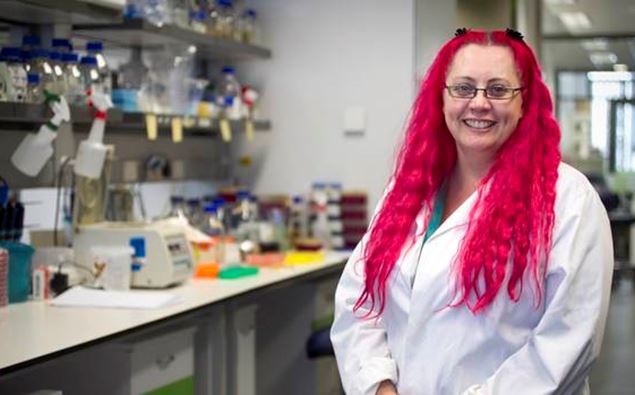
University of Auckland infectious disease expert Associate Professor Siouxsie Wiles. Photo / Natalie Slade
Rather than fighting to return to a normal that no longer existed, she said, we should be adapting to a world with another highly infectious airborne virus: "one which has likely killed millions of people and is able to cause serious short and long-term illness and disability".
"That means normalising the wearing of masks and bringing in guidance and standards for ventilation to make indoor venues safer."
She added it was "a bit of a shock" to hear some of the journalists struggling to understand the logic behind keeping some requirements for masks when at orange people can also "pash on a dance floor".
"There is still Covid-19 circulating in the community in New Zealand and many people will be doing their best to avoid catching the virus to protect themselves or their vulnerable friends and family members," she said.
"They won't be going to nightclubs, but still need to be able to go to the supermarket."
Covid-19 modeller Professor Michael Plank however saw now as a good time to be relaxing the traffic light settings.
"We have successfully flattened the curve of this Omicron wave – although hospitalisations and staff absences have put intense strain on our healthcare system, things would have been even worse without our efforts to slow the spread."
This point marked "the end of the Omicron sprint", said, "and the start of the marathon".
"Covid-19 isn't going to go away and we are very likely to have further waves of infection as immunity wanes, people's behaviour gets back to normal, and new variants arrive."
Plank expected that our high vaccination rates – nearly three-quarters of eligible Kiwis over 12 have been boosted – would be "massively blunting" the health impacts of Covid-19.
"But because it's so much more transmissible than other respiratory viruses like seasonal influenza, it will continue to be a significant public health issue," he said.
"As we move away from restrictions and mandates, we need to work on a long-term, sustainable set of mitigations.
"This should include vaccines, high-quality surveillance systems, a focus on clean air indoors, and financial support for people to isolate when sick."
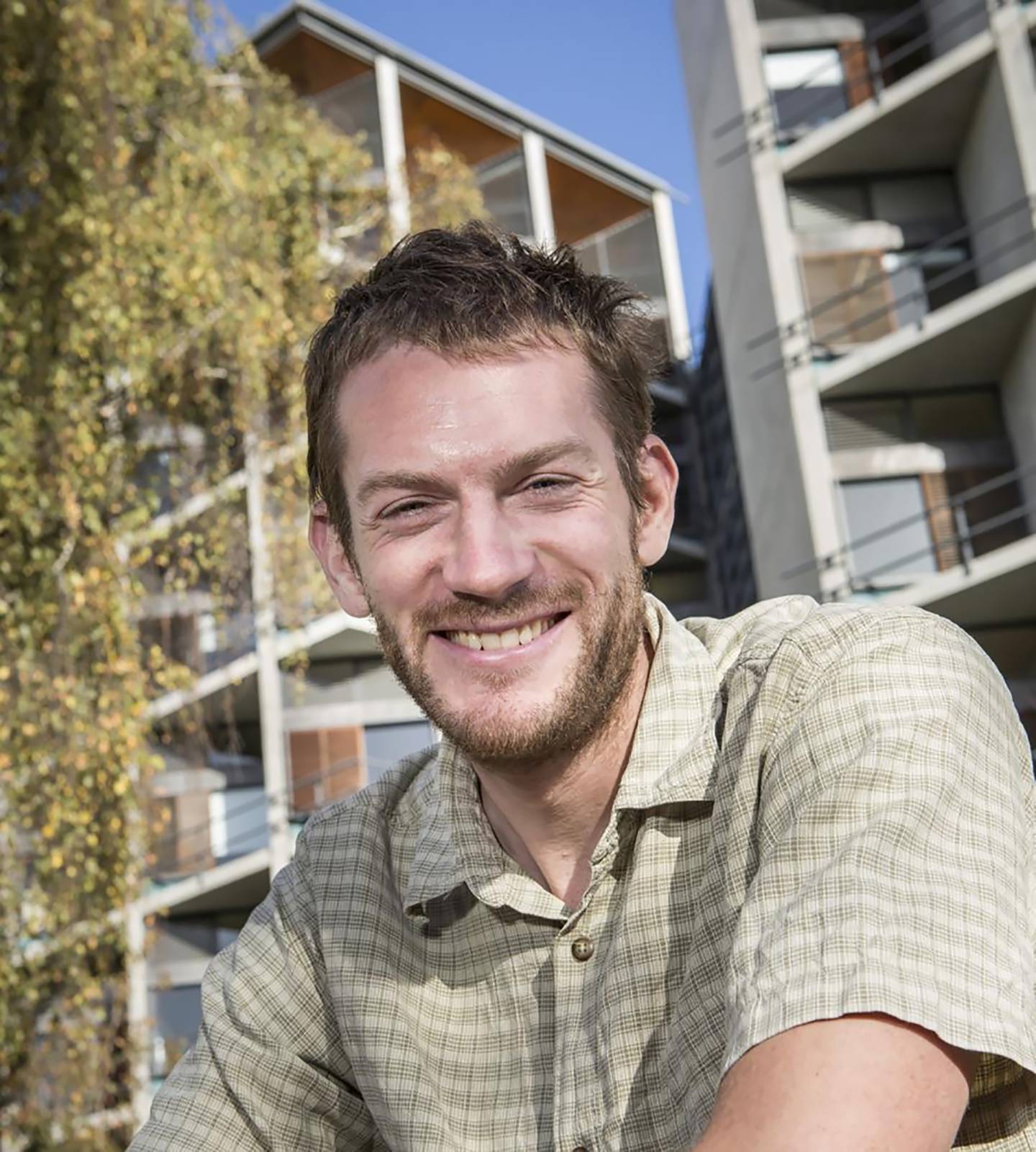
Covid-19 modeller Professor Michael Plank. Photo / Supplied
University of Auckland health researcher Associate Professor Donna Cormack said it was important for people to remain vigilant, through steps like staying home when sick, hand-washing, wearing masks, being vaccinated and thinking about how they could minimise spread at events.
"Māori communities have been proactive in working to keep communities safe since the first outbreaks in 2020," she said.
"This is something that we can continue to do, expressing our tino rangatiratanga and mana motuhake, regardless of the Government Covid levels."
Cormack added that, as people moved around and interact more, and borders opened, other viral illnesses like the flu and RSV could also become more of an issue.
"This could compound any future resurgence of Covid in coming months," she said.
"Keeping up with our public health measures helps to protect against these other viral illnesses as well."
Take your Radio, Podcasts and Music with you






